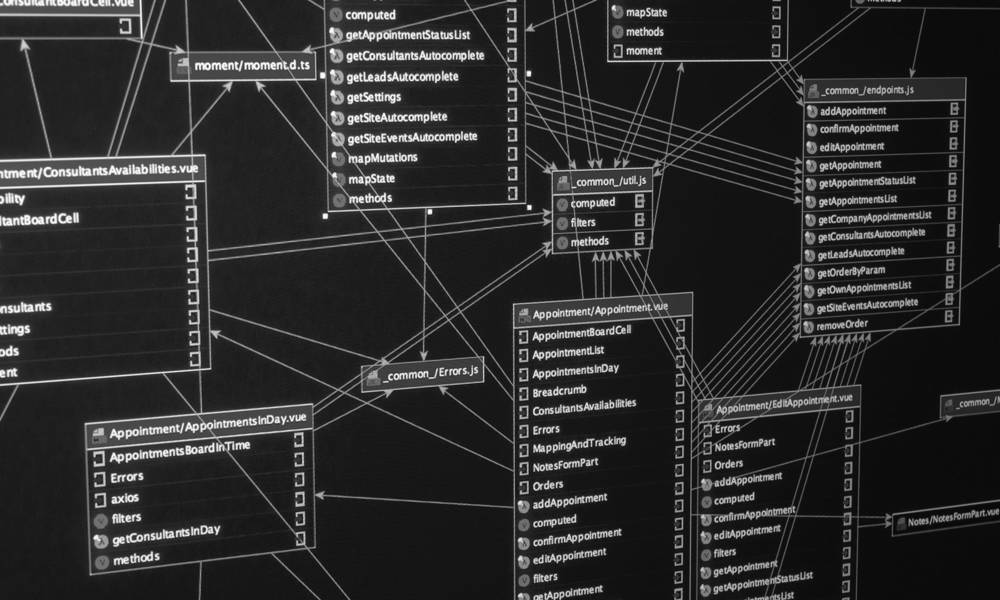The gig economy creates a change in the labour market meaning that a great part of your tasks will most likely be solved by a flexible, temporary labour force. Both quality and level of detail need to be best prepared for this change. Are you ready?
The labour market is undergoing change. And most companies gradually accept the premise that talents are only for loan.
A desire for the highest degree of flexibility and professionalism
The number of 25- and 40-year jubilees has been under pressure for long, and talk about shameless employees changing jobs every second year has almost ebbed away. Some companies are still fighting against this trend and do what they can to keep their employees in the same role as the one they had from the outset. Other companies have realised that talents will move where focus is on furthering their journey.
So, while companies have tried hard to develop their talent programs with the purpose of having the most competent and ambitious people join them, a still greater share of the labour force has started flirting with the idea of leaving permanent jobs for free assignments. Their motivation is increased flexibility and a possibility of focusing on tasks where they feel that their professionalism comes into play at the highest level.
What is a gig economy, and who are the gig workers?
The gig economy refers to a general work environment with short-term (by the hour, day, week or month) temporary contracts. It is also referred to as the freelance economy or the hybrid workforce. Gig workers are people who work independently and are affiliated with companies for a limited period of time.
The number of these employees – interim employees – is thus steadily increasing, and the group covers all ages, levels of experience, professions and industries.
This means that employers have access to interim employees who can help with input for best practice and effective task solution, as well as to interim employees who have grown up with digitalisation and have other perspectives on the tasks to be solved. It also means that no matter which challenge a particular company is faced with, the solution may be available from the pool of casual labourers forming the task-based labour market; also referred to as the gig economy.
And the truth is that the gig economy offers great potential – but in order to utilise this potential, it is necessary to focus on your processes.
To bring the temporary employees into play as quickly as possible, it must be possible for them to get insight into the business. Quickly and in the form of a true and fair view of the business.
And now we are approaching the gig test. Which demands does the gig economy make on your processes?
The answer is ’Many’. Below, we present six proposals for what you should, as a minimum, consider if you want to pass the gig test with flying colours.
1. The processes should be updated
If you have updated processes, it is possible to inform interim employees quickly about the processes in which they are to be involved. And it doesn’t matter whether they are to be involved in the development and improvement of some project processes or whether they are to perform the processes in an operational role.
In case of frequent replacement of the interim employees, greater demands are made for updated processes and clear areas of responsibilities. Otherwise, you and your permanent employees will soon have to spend much time onboarding interim employees when they could, instead, go to work right away and add value.
2. The processes should be easily accessible
Once the processes have been updated, it must also be easy to find them. This means that you must consider where to save your processes.
It must be a place to which the temporary employees have access. So, you shouldn’t spread them over various folders or Teams channels. And the folders shouldn’t be hidden behind user access systems or the like.
It is clearly recommended to have a folder or a system to which everybody has access.
3. The processes should be understandable
To get started quickly, it is important that the processes are understandable. Make sure that they have been written in a language enabling the employees who are to read them to do so without detailed introduction. This means that the process symbolics must match the user of the process, that the processes must be well-arranged, and that the language must be action oriented and clear.
Understandable processes are important to avoid misinterpretations, the need for further clarification and – ultimately – errors so that the work must be done anew.
4. The processes should be detailed
By ‘detailed’ we mean that it must be possible and easy to dive into the processes and see which underlying activities and tasks are involved – preferably, down to work description level.
This may, at first glance, seem to be needed primarily if you hire an interim resource for an operational role, where he or she is to perform the process. However, it is also the case if you engage an interim employee for a project. In this connection, it will typically become relevant at some point in time to review whether the work descriptions have been amended. Normally, this will, for example, be the case if a system is updated or replaced. Detailed processes are also relevant when working with automation measures.
5. It should be easy to get feedback
Temporary employees bring a huge source for improvements of your processes. As regards minor, easily practicable measures, questions about why you do this and that, and major changes that will drastically change processes, result in automations etc. In order for you to benefit from this input, it is important to have a structured and easily accessible function connected to the processes, making it easy to give feedback.
In addition, it is important that this feedback is continuously evaluated by the process owner. If the feedback is, for example, to be put into practice through specific measures, it would be good to have thorough information before the temporary employee leaves the company again.
6. It should be easy to update the processes
The demand for constantly updated and detailed processes for the next temporary employee creates a need for easy and quick updates of your processes at many levels. This is the case both when it comes to having process systems and structures that it is easy to work with and when it comes to the possibility of having a process approved quickly and of spreading it to the relevant employees once it has been updated.
The six requirements apply to the design of your processes, to the structure and availability of processes, as well as to the choice of systems for your process work. Some work is required, but once everything has been established, you are ready to reap additional advantages on your way into the gig economy. And this leaves us with only one question, I guess:
Will your processes pass the gig test?
-------------------
Sources:
McKinsey & Company, 2016, ’Independent work: Choice, necessity, and the gig economy’.
www.dst.dk/da/Statistik/nyt/NytHtml?cid=31838
www.danskesoloselvstaendige.dk/power-facts-om-smaa-selvstaendige/

Would you like to make your processes ready to pass the gig test?
Updated and active processes are decisive for the speed and quality of the business. At Basico, an experienced team is ready to help you get started with process improvements.
Please do not hesitate to contact us if you would like to know more about what we can do for you.

 en
en
 da
da



